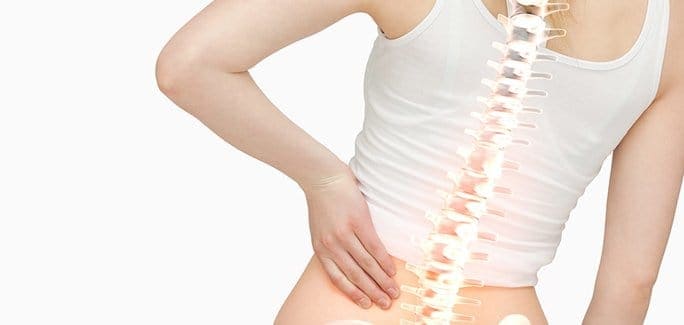There must be a time in your life where you got a lecture from a parent or a teacher about your posture. As you grew older, it may have been ingrained in you that if you are not seated upright all the time, you are bound to have back, neck and other problems. But while it is true that having bad posture can affect your physical health, you should also watch out because of another reason – your vision. It may sound a bit far-fetched, but your vision may deteriorate or improve depending on your posture.
The relationship between back pain and posture is straightforward. It is easy to understand. However, when someone begins to tell you that posture can affect vision, your head may start to ache. It all starts to the brain. As we know, the brain is responsible for how our body functions which also includes how we react to different stimuli in our environment.
One of the ways we react is by fight or flight. And we come to this conclusion as a result of what we see. For instance, should you see a lion in front of you and you are not in a zoo, you are bound to start running. It may seem like a spur of the moment thing, but it is a translation of millions of neural transmissions that starts in your eyes.
You see the lion, and your eyes send the visual to the brain, and consequently, the brain interprets it as danger and sends signals to your legs that it is time for flight.
The better your posture, the faster the signal will move from your eyes to your spinal cord and down to other parts of the body. When your posture is bad, your vision is also bound to be poor and as a result transmissions from the brain may also be slow.
Seeing as they are both results of lousy body posture, there is a high possibility. There are different ways you can deal with back pain including physical therapy, acupuncture, yoga, massages, and the Alexander technique among others.
Those methods we have mentioned, and others are not only used for treating your back, neck or any other musculoskeletal related pain you may be feeling but also go a step further and help correct poor posture.
Physical therapy exercises may also help you in relearning proper posture. You will be able to incorporate your daily life activities which are the most important.
Sports-related injuries are also helpful in letting you know you have postural problems. You should talk to a physio or chiropractor about your sports activities and have them guide you on the appropriate body posture.
This may have been a simple way of dealing with posture problems, but it is more complicated than that. There are activities that you cannot participate in while you are upright since different physical activities have different posture requirement.
However, your eyes can help, when your posture is skewed, you will find yourself having to either move forward or backward to see clearly. For instance, the best posture when reading is usually your optimal posture.
Developing your eyesight may be a result of many factors including, as with any other area of our anatomy, food, rest and the amount of stress we have. But making sure we pay attention to our sight letting us know whether we are sitting right or not could save our general health and help us be more aware and reactive to our environment.


























































